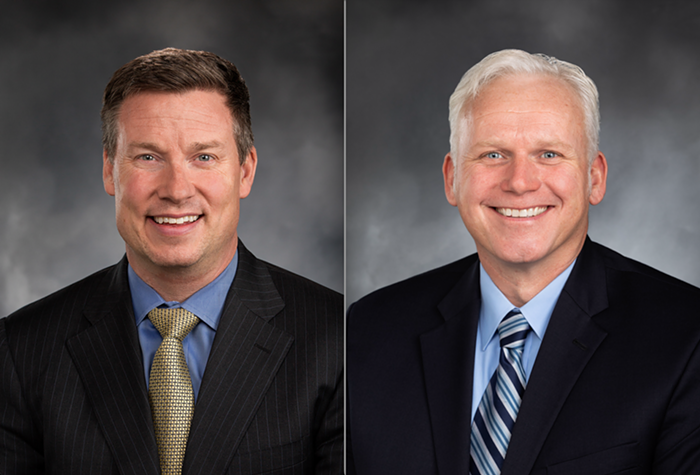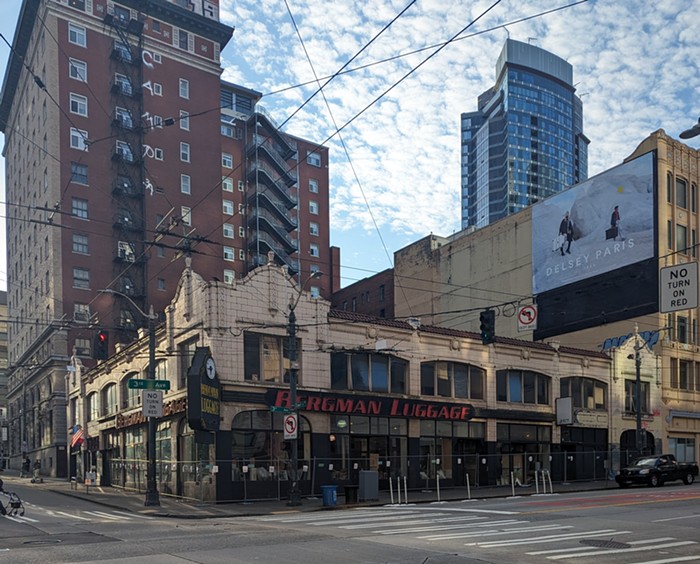
Bush Sr. is the 12th president to lie in state in the Capitol building, Abraham Lincoln being the first. (Nixon, famously, did not lie in state—he and Truman are the only presidents since FDR to not do so.) Following the funeral, Bush's body will be transported by train back to Houston, where a special locomotive will then take him to College Station, Texas, the site of his presidential library. It’s the first presidential funeral train since Eisenhower’s in 1969; Robert Kennedy also was transported by train the year prior. (Again, Lincoln was the pioneer in this regard as well; his presidential funeral train stopped through 180 different cities in 1865.)
Our intermittent but longstanding tradition of allowing people to come within physical proximity to the dead bodies of government officials is a strange one. Funereal rites are usually thought of as religious in nature, while the Capitol is not only a government building, but a functioning workplace as well. Although Bush’s casket isn't open—that tradition seems to be reserved for popes—America seems to hold on to a ghoulish, old-world fascination with being in the same room as a corpse. Maybe it’s because we rarely get the chance to collectively gawp at our dead, even those concealed inside of boxes. Our best-loved celebrities are rarely given public funerals: Aretha Franklin and Muhammad Ali are among the very few in recent memory to have had a cultural impact. And the funeral of John McCain earlier this year seemed more like an opportunity for politicians and DC insiders to demonstrate some semblance of humanity rather than an outpouring of deeply felt grief.
It’s a peculiar thing we do, shuffling into a public place to see the dead body of a public figure (or, at least, the outside of their coffin). Were I in DC and anywhere near the Capitol, I doubt I’d make the effort to pay in-person respects to George H.W. Bush’s remains, which raises two questions: Whose body would I bother to see, and how far would I go to see it? My initial knee-jerk answer was that I’d travel up to five miles to see Barack Obama’s body, but I’ve thought about it a little more and I don’t know if I would even do that. I would absolutely make an effort to visit his final resting place and his library, but to view his body in repose? No, I don’t think I’d want to.
Nevertheless, we’re morbid creatures by nature, and perhaps some vestigial animal part of us needs to witness a dead body in order to accept the abstract idea that its life has ended. It also allows us to close the circuit on what has been until now an ongoing narrative (humans intensely craves conclusions, almost as much as we crave giving cuddly dog rubs to very good boys). George H.W. Bush’s state funeral will be televised tomorrow, and this new, strange type of death rite—one enabled by modern-day technology—actually makes more sense to me than all of this corpse-rubbernecking at the rotunda. Ceremonial mourning aside, a televised memorial provides the chance for the country to collectively plug into a shared American experience, even if one precipitated by death. And that kind of shared experience is becoming a rarer and rarer thing these days.


















